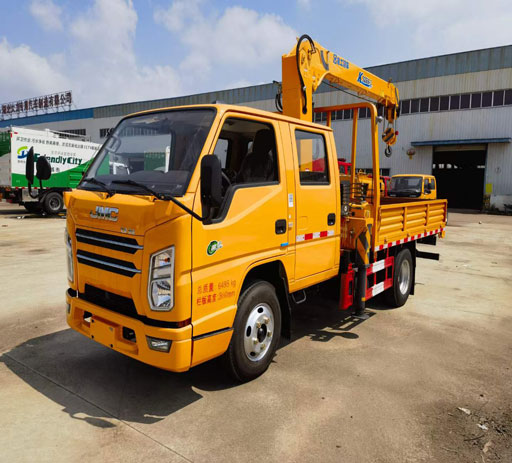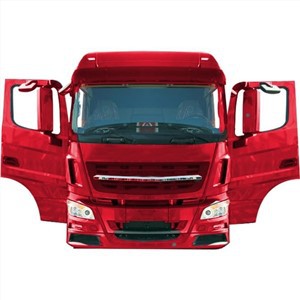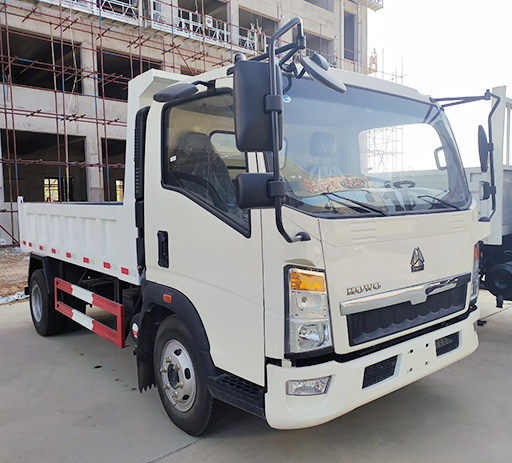Crane to Buy: The Ultimate Guide to Choosing the Right Crane for Your Needs
Crane operations are essential in various industries, including construction, manufacturing, and logistics. Whether you’re a contractor looking to expand your fleet or a business needing additional lifting power, choosing the right crane is crucial. This comprehensive guide will provide you with invaluable insights to help you decide on a suitable crane to buy that meets your specific requirements. We’ll cover essential types, factors to consider, costs, and practical tips for making an informed purchase.
Understanding the Different Types of Cranes
Before diving into the buying process, it is important to understand the different types of cranes available. Each type serves unique purposes and is best suited for specific tasks.
1. Mobile Cranes
Mobile cranes are versatile and can be easily transported to various job sites. They are equipped with wheels or tracks, making them suitable for a range of applications.
Examples of Mobile Cranes

- Truck-mounted cranes
- All-terrain cranes
- Rough terrain cranes
2. Tower Cranes

Tower cranes are commonly used in the construction of tall buildings. Their height and stability allow for lifting heavy materials to great heights.
Advantages of Tower Cranes
- High lifting capacity
- Access to hard-to-reach areas
3. Crawler Cranes
Crawler cranes offer stability on uneven ground thanks to their tracked base. They are suitable for heavy lifting in construction and industrial applications.
Key Features of Crawler Cranes
- Excellent stability
- Ability to lift exceptionally heavy loads
4. Overhead Cranes
Overhead cranes are used in warehouses and factories for moving heavy items across open spaces. They are mounted on beams or tracks.
Common Uses of Overhead Cranes
- Assembly lines
- Loading docks
Factors to Consider When Buying a Crane
When deciding on a crane to buy, consider the following factors that will influence your purchase:
1. Lifting Capacity
The lifting capacity determines how much weight a crane can safely lift. Assess your lifting needs as this is critical for operational efficiency and safety.
2. Reach and Height
Consider how far the crane can reach and how high it can lift. This will help decide if it’s suitable for your specific applications, such as building height or terrain challenges.
3. Terrain Conditions
The type of terrain where the crane will operate plays a significant role in your decision. Ensure the crane is suitable for the ground conditions, whether it’s rocky, leveled, or uneven.
4. Operating Environment
Weather and surrounding conditions can greatly affect crane operations. Choose a crane designed to handle the climate at your job site, including high winds, rain, or heat.
5. Maintenance and Operating Costs
Factor in the ongoing costs of maintenance and operation. Understand the fuel consumption, insurance, and repair costs associated with the crane.
6. Brand and Manufacturer Reputation
Buying from reputable manufacturers can help ensure product quality and reliability. Research different brands and read user reviews before making your decision.
Crane Cost Breakdown
The purchase price of a crane can vary widely based on several factors. Below is a breakdown to give you an idea of the potential costs involved:
| Cranes | Price Range (USD) | Typical Features |
|---|---|---|
| Mobile Crane | $100,000 – $500,000 | Versatile, easily transported, varied lifting capacities |
| Tower Crane | $200,000 – $800,000 | High lifting capacity, stability for tall buildings |
| Crawler Crane | $150,000 – $900,000 | Excellent stability, suitable for heavy lifting |
| Overhead Crane | $50,000 – $300,000 | Used in factories and warehouses, maximizes overhead space |
Where to Buy a Crane
Finding the right seller is just as important as choosing the right crane. Here are several options for purchasing a crane:

1. Manufacturer Direct
Buying directly from the manufacturer often ensures better pricing and warranties. Research reputable manufacturers in your area.
2. Equipment Dealers
Many dealers specialize in various types of cranes. They can provide valuable advice and support during your purchasing process.
3. Online Marketplaces
Online platforms like eBay or specialized equipment sites offer both new and used cranes. Always verify seller credibility before making a purchase.
Practical Tips for Buying a Crane
When you are ready to make a purchase, consider these practical tips to ensure you’re making the best choice:
1. Inspect Before You Buy
Inspect the crane in person if purchasing used equipment. Check for any signs of wear or damage to critical components.
2. Consider Financing Options
Many dealers offer financing plans. Evaluate all financial options to find one that fits your budget and cash flow.
3. Seek Expert Consultation
Consult with industry experts to identify the best crane for your specific requirements and budget constraints.
4. Look for Warranty and Support
Choose a crane that comes with a warranty, and ensure that the manufacturer offers support for repairs and maintenance.
Rental vs. Buying a Crane
Deciding whether to rent or buy a crane can impact your project budget and operational efficiency. Here are some considerations:
1. Duration of Use
If you need a crane for a short-term project, renting may be more economical. For long-term or recurring use, buying is likely a better investment.
2. Cost Analysis
Perform a detailed cost analysis comparing rental expenses and the total cost of ownership over time to see what makes financial sense.
Frequently Asked Questions (FAQ)
1. What type of crane should I buy for construction projects?
The right crane depends on the project size and lifting requirements. Tower and mobile cranes are popular choices for construction.
2. How do I determine the lifting capacity I need?
Evaluate the maximum weight you will lift regularly, and consider adding a safety margin to the chosen crane’s capacity.
3. Are there ongoing costs associated with owning a crane?
Yes, ongoing costs include maintenance, fuel, insurance, and operator training, which should all factor into your decision.
4. Can I modify a crane after purchasing it?
Some modifications are possible, but it’s essential to consult with a professional and check manufacturer guidelines before making any alterations.
5. How often should I service my crane?
Regular servicing is crucial for safety and efficiency. Follow the manufacturer’s recommended schedule for inspections and maintenance.
6. Is it necessary to have trained operators for cranes?
Yes, operating a crane requires skilled personnel. Ensure that operators are properly trained and certified to handle the equipment safely.
